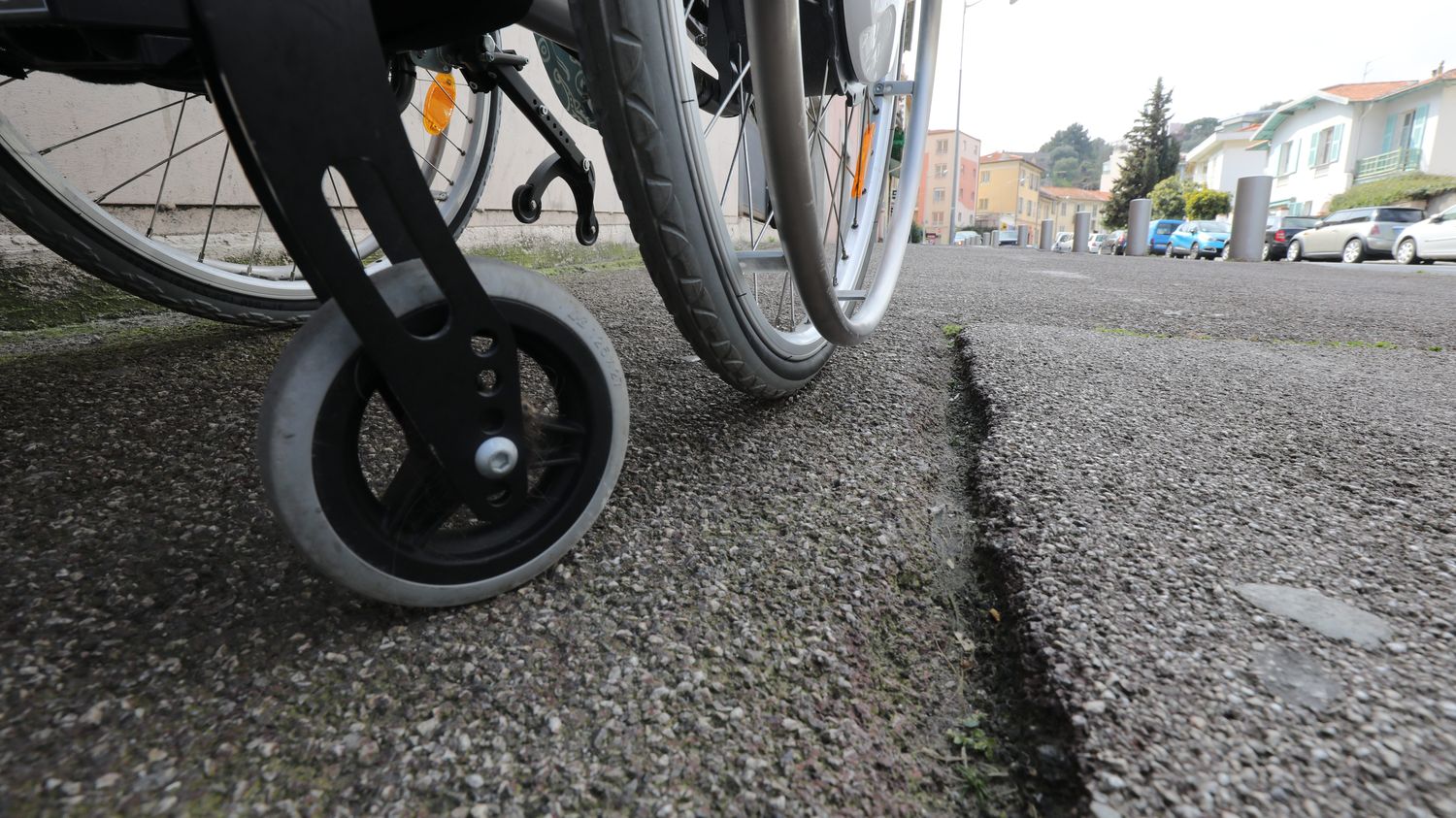Until “Dreeft”, manual wheelchairs braked with the force of the hands. To install it, you just have to change the wheels, but it is currently still expensive: 2,000 euros.
Article written by
Published
Reading time : 2 min.

“It’s a source of great pride. We’re very happy to have won this prize, which will allow us to make our project better known”rejoices Monday, May 8 on franceinfo Colin Gallois, co-founder of the company Eppur and inventor of the “Dreeft” system, the first braking system for manual wheelchairs, and winner of the Grand Prix of the Lépine 2023 competition.
franceinfo: What does this victory in the Lépine competition mean to you?
Colin Welsh: It is a great pride. We are very happy to have received this prize which will allow us to make our project known a little more. We had already been rewarded several times in competitions dedicated to disability or design, but this was our first participation in the Lépine competition. We are very proud of this distinction. It is a competition that has a very good reputation.
How does your braking system work and how does it change the lives of people with disabilities?
Our braking system takes the form of a pair of wheels. To benefit from it, it is therefore necessary to replace the wheels of the wheelchair. Once installed on the chair, they allow users to stop using their hands as brake pads to slow their chair down. Today, the only way to slow down in a wheelchair is to grab the wheel with the whole hand. Once the Dreeft wheelset is fitted, all you need to do is pull the handrim – the metal ring against the tire – slightly to the rear and it will – as part of our system – act as the wheel cranks. a Dutch bicycle, with coaster, where you pedal upside down to activate the braking system without friction on the hands and without effort.
How did this idea come about and how long did it take you to develop it?
This idea was born in 2015, in Compiègne, where we were studying. I passed a wheelchair user in front of the school on a slope and he couldn’t stop his wheelchair. I wondered why he wasn’t using his brakes. I asked the question to several users afterwards and the answer was the same each time: because there are no brakes on the wheelchairs. The project started like this.
You manufacture in France and you sell the Dreeft system for 2,000 euros, a sum that is not within the reach of all budgets?
We agree. We now sell our product to wheelchair dealers. We have just over a hundred points of sale in France. The system has been marketed since the beginning of the year. We will work to ensure that it is more and more accessible, in particular by working on the possibilities of care. We are in the process of launching a clinical study which, we hope, will respond to a request for reimbursement by social security.
